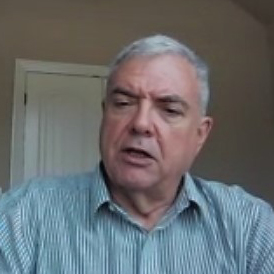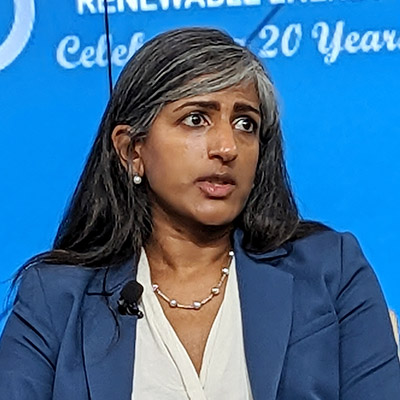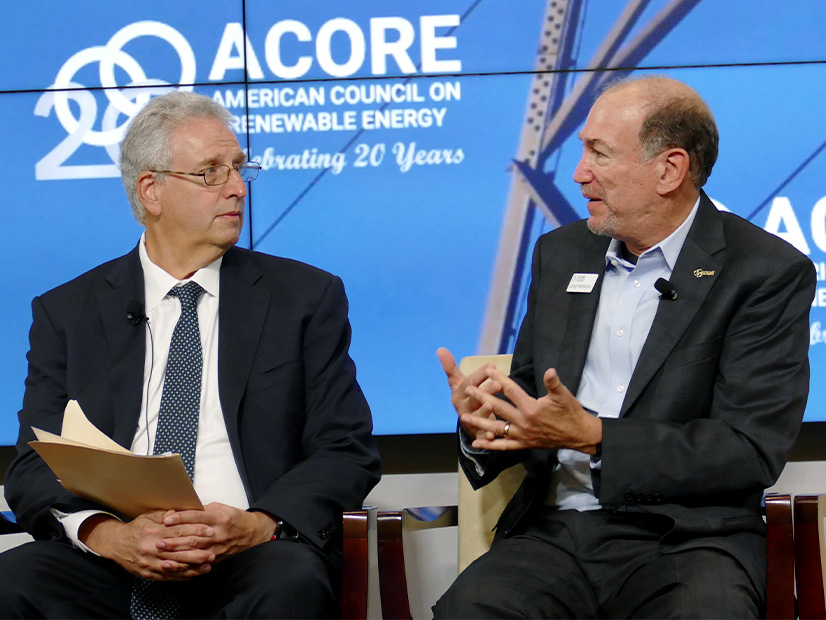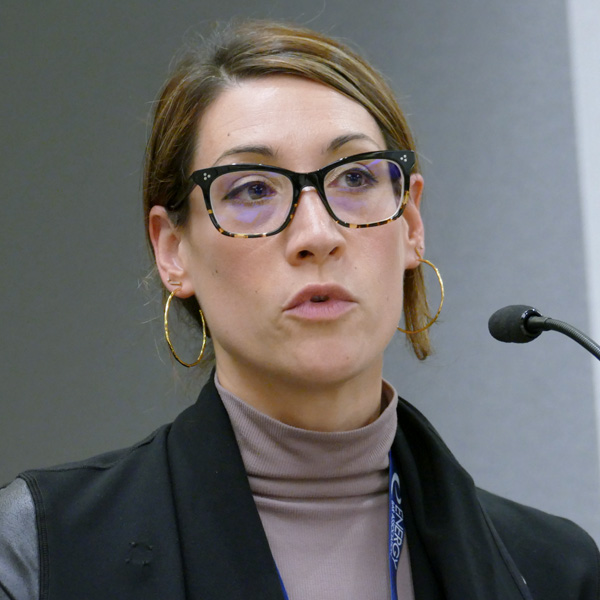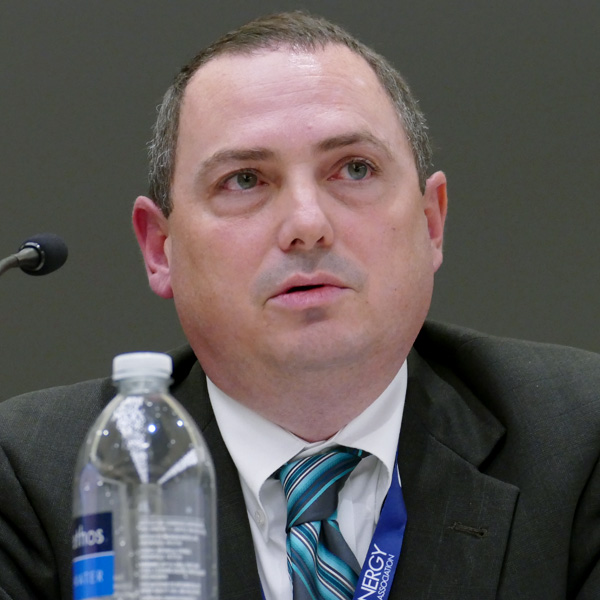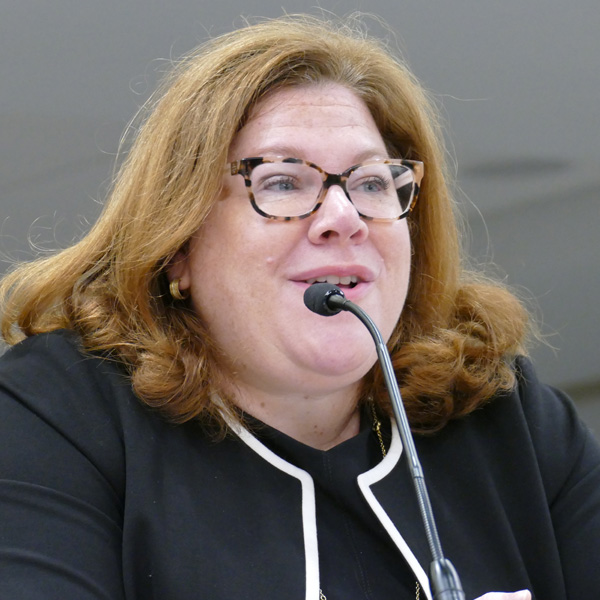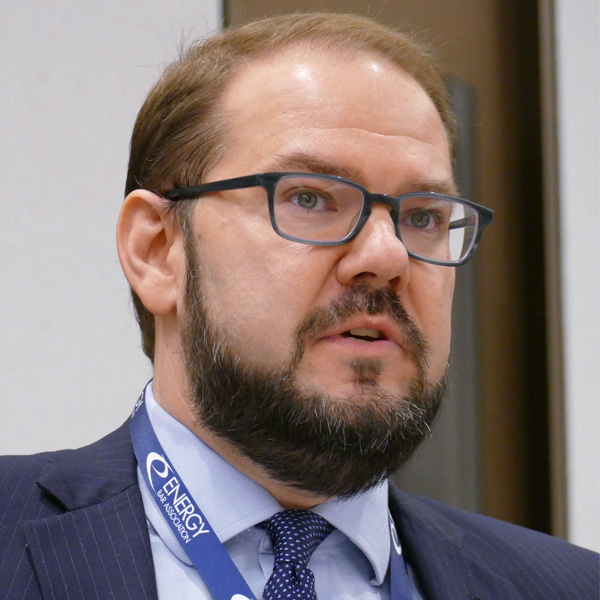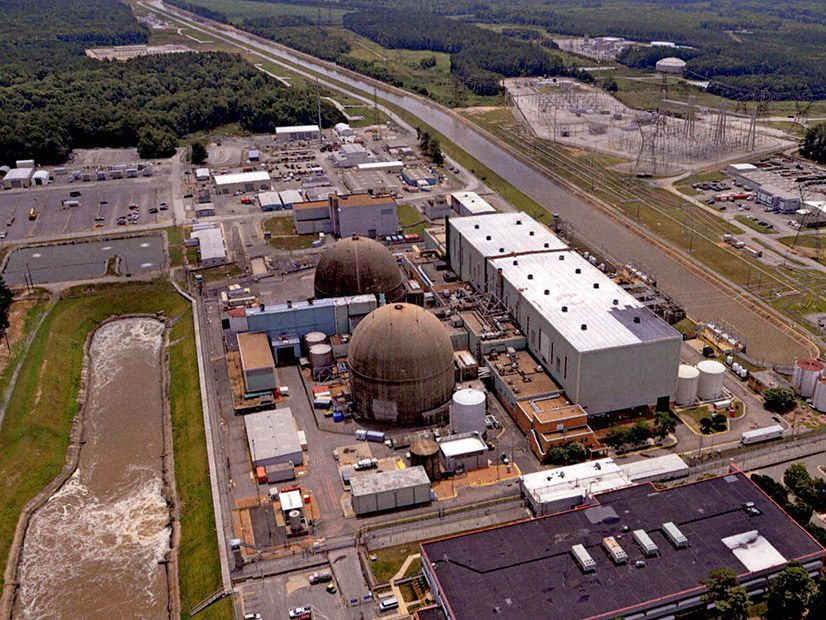The New Jersey Board of Public Utilities (BPU) on Wednesday granted waivers of rules governing its new solar incentive program to 26 residential projects in a sign of the agency’s strategy as the state struggles to reach its ambitious goals.
The board granted waivers to seven projects on which developers had begun construction — and to seven that had begun operating — before the program opened. It gave waivers to another 12 projects with more capacity than is allowed under the program.
The move comes as the program under which the incentives were awarded, known as the Successor Solar Incentive Program (SuSi), which the BPU created in July 2021, has faced criticism. The incentives are about half the size of those in the previous program, which critics have said are too small and insufficient to stimulate the amount of new solar needed in the state. (See NJ Sees Solar Growth in Reduced Incentives.)
BPU staff told commissioners that the rules preventing the program from awarding incentives to projects that are already under construction or operating were designed to ensure that incentives go only to proposed projects that need subsidies to be brought to fruition, Scott Hunter, the BPU’s manager of the Office of Clean Energy, said in outlining staff’s recommendations. The limit on project overcapacity aims to create clearly defined eligibility standards and ensure that the “limited block” of power capacity set aside for the program is not oversubscribed, he said.
In granting the waivers, the BPU said many of the projects would not be successful without incentives.
Speaking before the 5-0 vote to approve the waivers, BPU President Joseph Fiordaliso said they don’t create a precedent for the future.
“We can never tie the board in a position that it has no alternative,” he said. “Because every case is unique in its own way. And we have to have that flexibility in order to look at each case individually, to determine what’s in the best interest of the citizens of the state of New Jersey.”
Future Implications
The board said in its order that the waivers were warranted in part to overcome the turbulence surrounding the state’s incentive programs, which have changed twice in the last three years, creating the “consequent potential for confusion among solar market participants.”
It also said the extra capacity from the 12 projects, totaling about 30 kW, will not “place the residential market segment megawatt allocation in jeopardy.” That’s because only about half of the 150 MW set aside for the segment has been allocated, according to the board, which predicted that the capacity would be fully subscribed by January.
“The ADI [Administratively Determined Incentives] program is still relatively new, and the megawatt caps included in this program did not previously exist,” the board explained. “While prior programs required registrants to notify staff if installed capacity exceeded what had been approved, incentives have not to date been denied for the excess capacity.”
But the order added that BPU has already put on hold another 14 projects that would create larger capacity than is allowed under the program rules. Those rules state that a project can be no more than 10% or 25 kW (whichever is smaller) greater than the approved size. “Staff is concerned about the implications” of granting waivers and the possibility that it will encourage project developers to develop larger-than-approved projects in the future, the order said.
Commissioner Dianne Solomon said that it “is important that we are not tying ourselves into a blanket waiver under any conditions.”
“There is an acknowledgement that these are new rules; it takes a while for everybody to get on board and understand their requirements,” she said. “We accept that. But I think it is important that we make it clear what our intentions are: that the rules be followed.”
Power Surge
New Jersey had 4.14 GW installed solar capacity as of the end of August, according to the latest figures available, and the state is seeking to reach 17.2 GW by 2035 as part of Gov. Phil Murphy’s goal of 100% clean energy by 2050. Murphy wants the solar sector to generate 32 GW by 2050. Murphy in 2021 signed the Solar Act of 2021, which called on the state to add 3,750 MW of new solar by 2026.
BPU data on solar installations suggest that the state may reach its goal of 5.2 GW by 2025 but may find it difficult to reach the 2030 goal of 12.2 GW.
Since the start of the year, the state has added about 345 MW. If it continues at that rate, it would add nearly 520 MW this, surpassing the previous record of about 449.8 MW in 2019.
Not all of that surge is from a strengthening solar sector; part stems from the reshaping of the state’s solar incentive programs. For more than a decade, the state offered relatively generous incentives under the Solar Renewable Energy Certificate program that paid about $250/MWh. The program was cut in 2020, in part because of concerns that it was too generous, and replaced with the temporary, lower incentives of the Transition Incentive (TI) Program, which ranged from about $90 to $150/MWh.
The BPU replaced that program, which was created as a short-term stop gap, with SuSi, which provided a two-pronged approach. One half, the ADI program, offered even lower incentives, from $70 to $100 depending on the project. The second prong, the Competitive Solar Incentive (CSI) program, will set the incentives of solar projects larger than 5 MW through a competitive solicitation. The final rules are expected to be released later this year.
One impact of the shifting incentive terrain is that solar developers, seeing that the BPU expected to reduce incentives, scrambled to submit projects in the TI Program before it ended. That created a surge of projects, with 1.6 GW in the pipeline at the start of the year, three times as much as a year earlier. (See NJ Solar Pipeline Surges While Installations Drop.)
That pipeline capacity has since dropped to 1.05 GW as of August, as some of it has begun operating, and it is unclear how long the high level of monthly installations will continue.
Critics of the new incentive program, among them the International Brotherhood of Electrical Workers Local 102 and the New Jersey Utility Scale Solar Association, argue that the incentives are too low and, as a result, applications to the BPU for new solar projects have fallen. Both want the legislature to enact a pending bill, S2732, that would extend the deadlines by which projects must be finished in the TI Program, allowing those that are delayed to be completed with the higher incentive.
The BPU, however, denied some TI extension requests in August, saying they have to balance the demands of solar developers with the need to protect ratepayers from rising incentive costs. (See NJ BPU Denies Deadline Extensions for Solar Project Incentives.)
